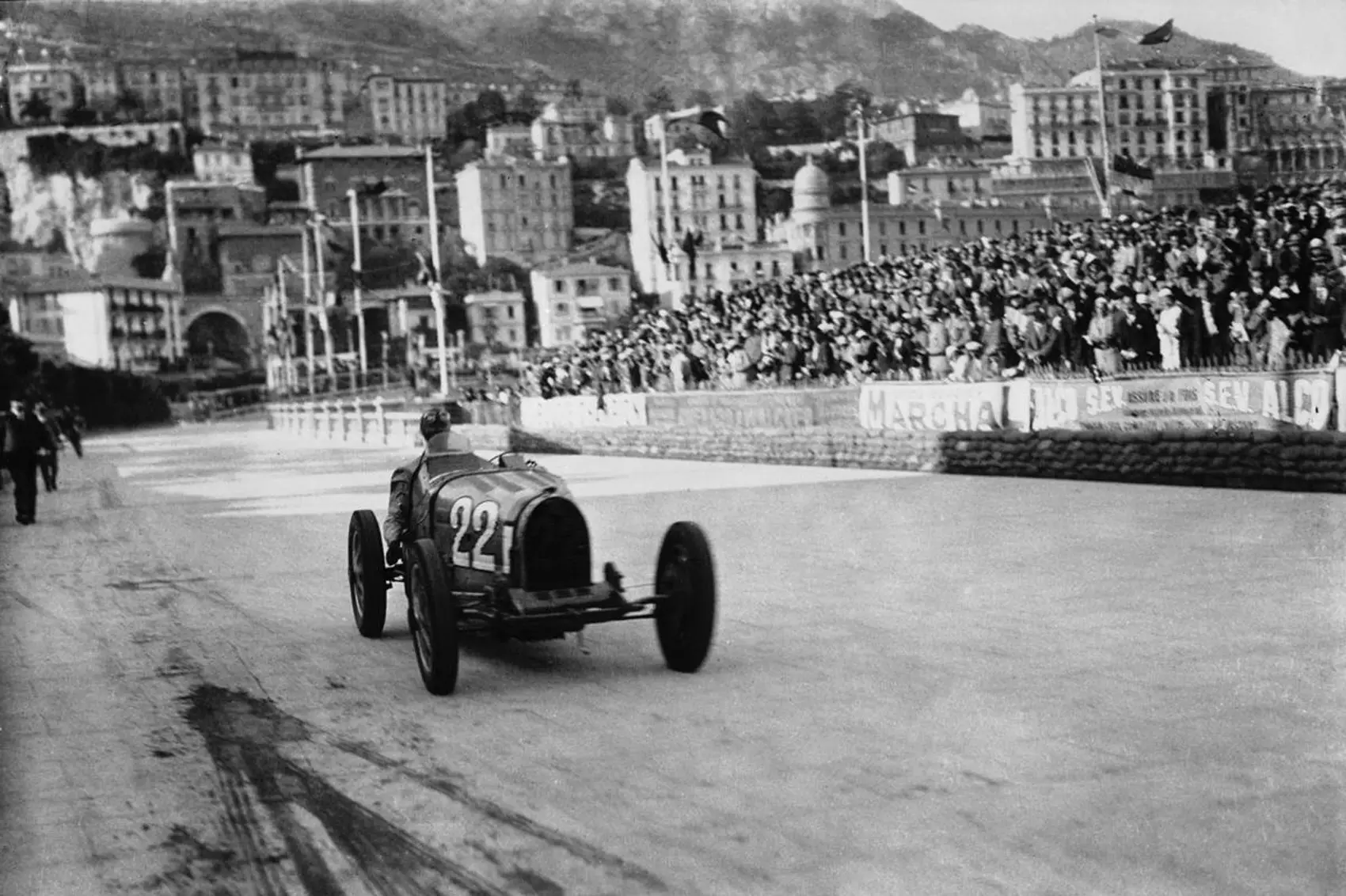The reason for this difficulty in organizing the Formula 1 Monaco Grand Prix it's about its location, right in the middle of the Principality of Monaco, which involves transforming a densely urbanized area into a racing circuit capable of meeting all the requirements of the FIA.
The preparation for the Grand Prix and the assembly of all the necessary installations starts many weeks before the race weekend, in order to alleviate as much as possible the constraints for the approximately 38 thousand local inhabitants — on the GP weekend, Monaco's population grows fivefold, being “invaded” by 200,000 people(!).
The B1M channel makes us aware of the transformation of Monaco so that it can receive the Grand Prix, an event that requires complex planning and… a lot of patience.
It is a logistical and engineering challenge and requires the construction of many temporary facilities. It starts with the circuit itself, with its 3.3 km length being designed on public roads, occupying some of the main roads in Monaco.
A third of the circuit has to be re-asphalted every year in order to eliminate any irregularities that could affect the single-seaters, a task that starts three weeks before the Grand Prix. And so that the day-to-day inconvenience of the inhabitants is as little as possible, the works are always carried out at night and in sections.

The temporary buildings begin to be erected six weeks before the test takes place. And there are more than many: in total, 600 trucks are needed to transport all types of facilities, from benches to pedestrian bridges, so that circulation is not impeded.
Predictably, virtually all types of installations are prefabricated, including boxes. These correspond to high-tech buildings with three floors (one for each team), comprising 130 sections, taking 14 days to be completed with the help of several cranes.
As for the benches, also prefabricated, they are placed in privileged positions, being the ones that the fewest spectators can accommodate in the entire Formula 1 championship, around 37 thousand people. However, given the geography of the terrain and the fact that it is in an urbanized area, around 100,000 people are able to watch the race live, occupying all the balconies of the buildings adjacent to the circuit, bridges and even the boats in the marina.
To ensure that on the day of the race everyone is safe — from the pilots to the spectators — the equivalent of 20,000 m2 of safety nets and 21 km of barriers are installed.
The Monaco Grand Prix is like no other in the Formula 1 Championship. Today it remains one of the discipline's most emblematic, charismatic and historic races, following it since its birth in 1950, with very few exceptions — the last it happened last year because of the pandemic, which forced the race to be canceled.
